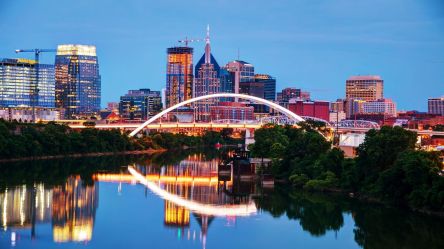Yardi Matrix national multifamily report reveals that the southeastern markets continue to demonstrate strength. Not surprisingly, affordability and job opportunities attract renters to the region. Yet as with most of the nation, major metropolitan areas have become less affordable—and therefore less feasible—to most renters. A few surprising suburbs spark renters’ interest instead. Old news, new spin Most people who are priced-out of major markets make their way into the more affordable suburbs. On Seattle-based real estate brokerage Redfin, for example, the most year-over-year pageview increases occurred on cities just outside of major metros. Such suburbs might not offer the trendiest features, but affordability is a major motivator. Renters like to have money left over to enjoy after paying the rent! None of that news is new, exactly. The trend has been gaining traction since the end of 2012. What may be more surprising, however, is that more than half of the nation’s hottest suburbs are in the southeast rather than the go-to coastal cities. Sizzling southern markets Though national data is sending mixed messages on growth, the southeast has performed consistently well. The average U.S. rent declined by $1 in the first month of 2020, ending January at $1,463. This marks the third consecutive month of declining rents. In contrast, year-over-year growth has hovered around 3.0%. More than half of the top 30 markets posted year-over-year rent growth above the national average and, in a rare occurrence, zero major markets reported negative year-over-year rent growth. Just outside of these successful markets, suburbs are thriving, especially in the southeast. Per Redfin year-over-year pageview reports, the following 10 suburbs have experienced the highest interest: Willowsford, Ashburn, VA (Washington, D.C. metro) Bal Harbour, Fort Lauderdale, FL Wildwood, Charlotte, NC West Arvada, CO (Denver metro) Waverly Hills, Arlington,...

